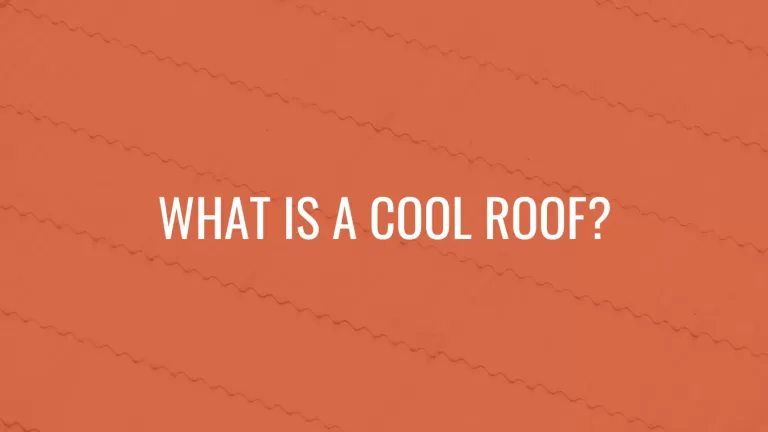Weathering the Storm: How Weather Conditions Impact Your Roof
Your roof is your home’s first line of defense against the elements, making it crucial to understand how weather conditions can affect its durability and longevity. From blistering heat to torrential rain, and everything in between, each weather pattern presents its own set of challenges for your roof. In this blog post, we’ll explore the impact of various weather conditions on your roof and offer tips on how to protect and maintain it accordingly.
On this page...
Heat and sun
The scorching sun and high temperatures can take a toll on your roof over time. Prolonged exposure to UV rays can cause roofing materials to deteriorate, leading to cracks, fading, and shingle curling. To mitigate heat-related damage, consider using reflective or cool roofing materials that can reduce heat absorption and extend the life of your roof.

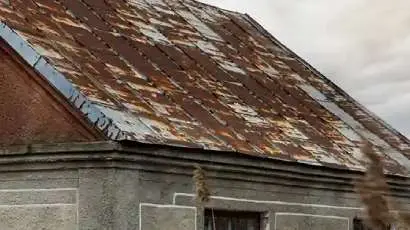
Rain and moisture
Rain is a natural nemesis for roofs. Over time, water can seep into small cracks, causing rot, mold growth, and structural damage. Proper drainage systems, regular inspections, and prompt repairs are essential to prevent moisture-related issues. Ensure that your gutters and downspouts are clear to allow for efficient water runoff.

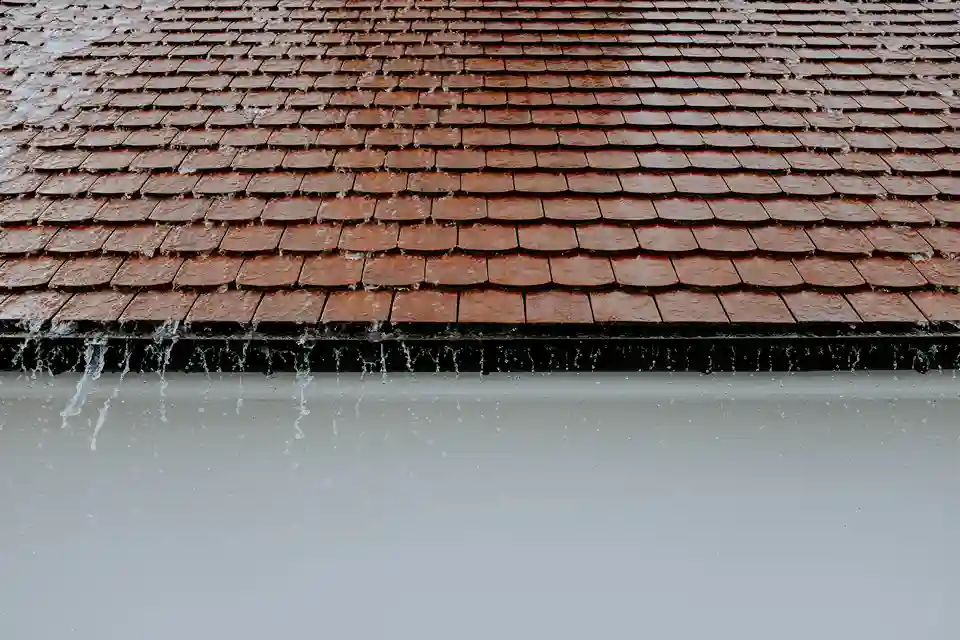
Snow and ice
In colder climates, heavy snow and ice accumulation can pose a significant threat to your roof’s integrity. The weight of snow and ice can lead to structural damage, while ice dams can cause water infiltration. Adequate insulation and ventilation can help prevent ice dams, while professional snow removal may be necessary to safeguard your roof during heavy snowfall.

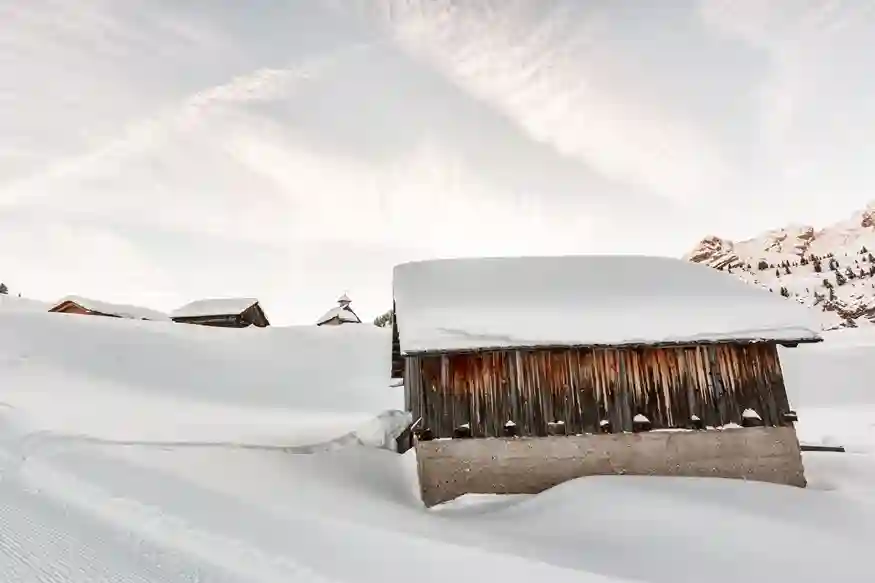
Hail
Hailstorms can cause significant damage to roofing materials, especially asphalt shingles. Hail impact can result in dents, cracks, and granule loss, reducing the lifespan of your roof. If you live in an area prone to hail, consider impact-resistant roofing materials to minimize the risk of damage.

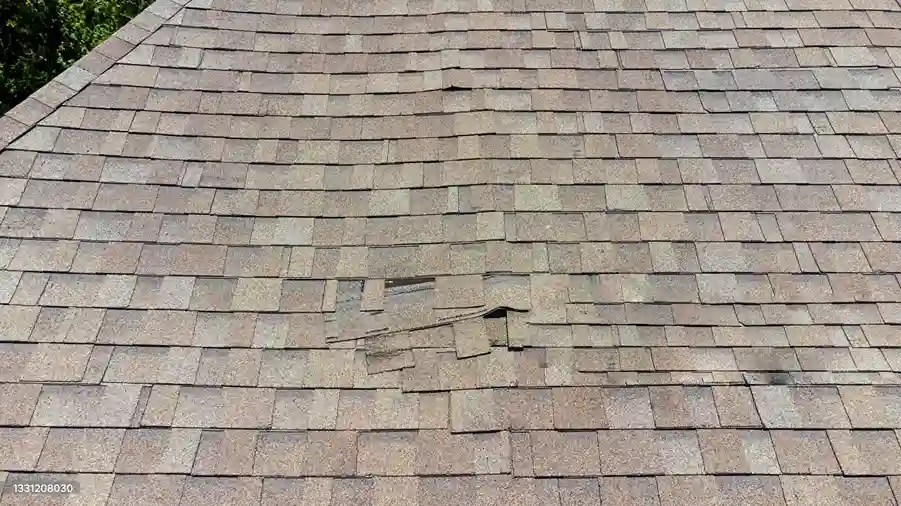
Extreme temperature fluctuations
Rapid temperature fluctuations, common in some regions, can cause roofing materials to expand and contract, leading to wear and tear. Ensure that your roof is properly installed with adequate ventilation to mitigate the effects of temperature changes.

Tropical storms and hurricanes
Tropical storms and hurricanes are likely to have various effects on your roof health. With strong winds, heavy rains, shingle loss and water damage is prevalent. It is essential that your roof is well-maintained and meets with building codes to withstand weather said events.

Conclusion
Understanding how different weather conditions can impact your roof is essential for its long-term durability and performance. Regular roof inspections, maintenance, and appropriate roofing materials can help safeguard your home from the challenges posed by heat, rain, snow, wind, and other weather patterns. If you’re unsure about the condition of your roof or need assistance with repairs or upgrades, don’t hesitate to reach out to a professional roofing company. By taking proactive measures, you can ensure that your roof continues to protect your home for years to come, regardless of the weather conditions it faces.




